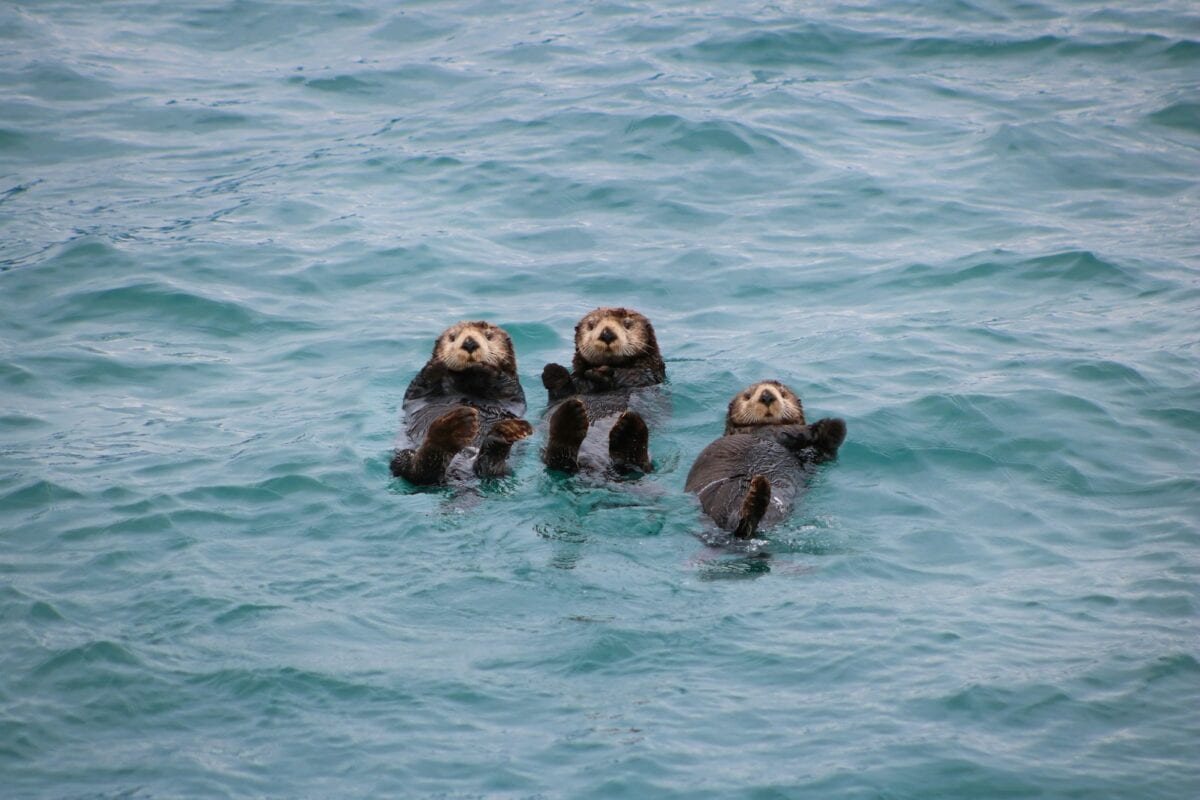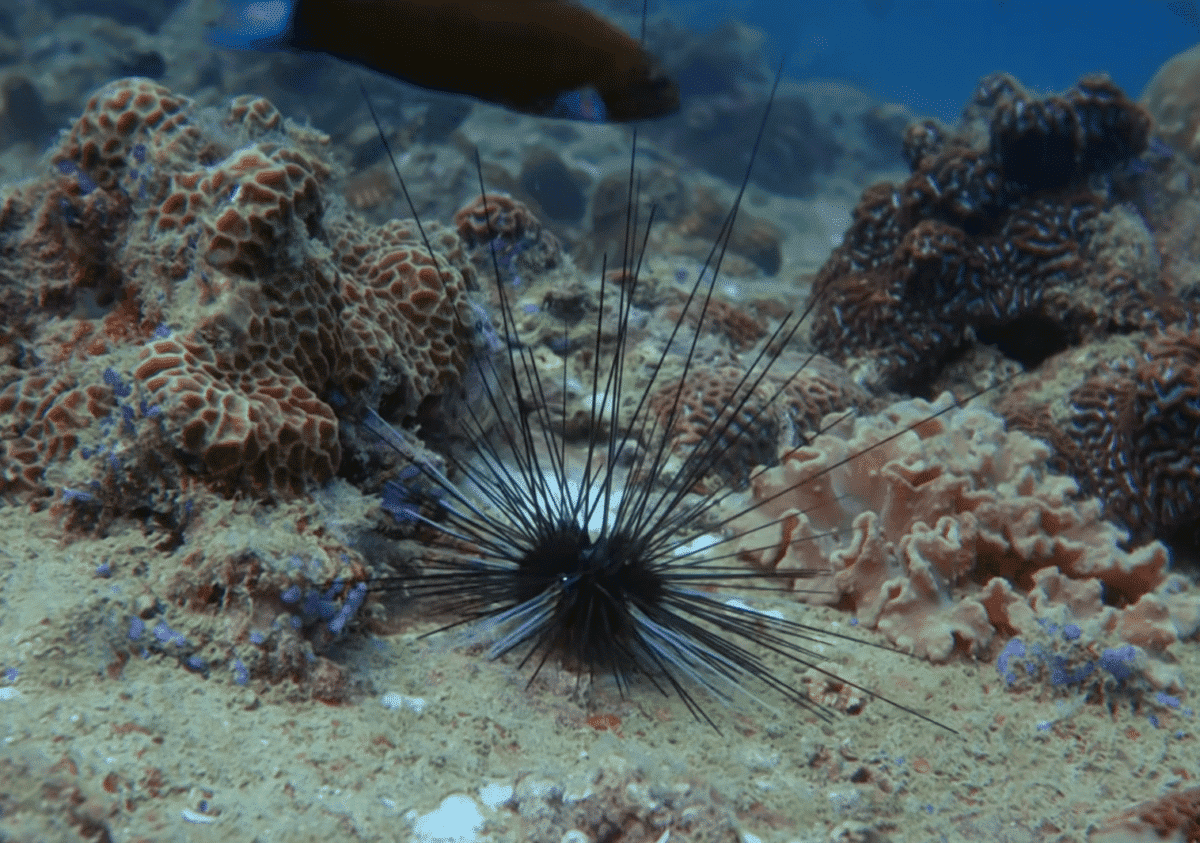Sea otters are much more than adorable marine mammals frolicking in the surf or floating lazily on their backs. These charismatic creatures are vital to maintaining the health and balance of coastal ecosystems, particularly along the Pacific Coast of the United States. Through their intriguing behaviors and ecological roles, sea otters provide invaluable services that aid in sustaining the diverse marine environments they inhabit. This article explores why sea otters are essential to U.S. coastal ecosystems, their unique characteristics, and the significant impact they have on the environment.
The Importance of Keystone Species

Sea otters are considered a keystone species, meaning their presence and behaviors have a substantial effect on their environment and the species that inhabit it. By preying on sea urchins, sea otters regulate the population of these marine invertebrates, which are known to overgraze on kelp forests if left unchecked. This predation allows kelp forests to thrive, supporting myriad marine species and acting as a critical carbon sink that mitigates climate change. Without sea otters, coastal ecosystems would be drastically altered, leading to the loss of biodiversity and ecosystem degradation.
The Underwater Forests They Protect

Kelp forests are some of the most productive and dynamic ecosystems on Earth. They provide habitat and food for many aquatic organisms, including fish, sea stars, and a variety of invertebrates. Sea otters play a critical role in sustaining these underwater forests by managing sea urchin populations, which can devastate kelp beds when out of control. By keeping kelp forests healthy, otters maintain the biodiversity and structure of these ecosystems, facilitating the survival and prosperity of numerous species.
Promoting Biodiversity

With their ability to enhance kelp forest health, sea otters promote overall biodiversity. Healthy kelp forests, in turn, support an abundance of marine life. Fish, invertebrates, and even birds rely on these lush marine environments. By controlling herbivore populations, such as sea urchins, sea otters ensure that the kelp forests remain vibrant habitats for various species to inhabit, breed, and feed, thereby maintaining a balanced and diverse ecosystem.
Supporting Fisheries and Economies

The impact of healthy coastal ecosystems extends beyond environmental considerations to economic benefits. Commercial and recreational fisheries rely on the abundance of species that inhabit areas sustained by healthy kelp forests. Sea otters contribute to these fisheries’ success by promoting environments where target fish species can thrive. The presence of thriving fisheries translates into economic benefits for coastal communities that depend on fishing for their livelihoods.
Sea Otters and Marine Carbon Sequestration

In addition to their role in fostering biodiversity, sea otters contribute to mitigating climate change. When sea otters control sea urchin populations, kelp forests expand and increase their capacity for sequestering atmospheric carbon dioxide, a greenhouse gas contributing to global warming. These underwater forests absorb carbon and store it in their biomass, thus reducing the amount of carbon in the atmosphere and helping to stabilize the climate.
Adaptations for a Marine Lifestyle

Sea otters possess numerous adaptations that make them well suited to their aquatic environment. They have thick, water-repellent fur that provides insulation against cold waters, as well as webbed feet designed for swimming. Unlike most marine mammals, sea otters lack a layer of blubber and are thus reliant on their dense fur for warmth. Additionally, their nimble front paws are adept at handling food, and their strong jaws allow them to crack open hard-shelled prey.
Feeding Habits and Tools

Renowned for their innovative feeding methods, sea otters use tools to catch and consume prey. They are known to use stones to dislodge prey from rocks and crack open shellfish. This tool use not only demonstrates their intelligence but also highlights their role in the marine food web. Their diet mainly consists of sea urchins, abalone, crabs, and clams, all of which are vital to the ecological interaction within their habitat.
The Role in Nutrient Cycling

By preying on a variety of organisms, sea otters facilitate the cycling of nutrients within their ecosystem. When they consume their prey, they influence the distribution and abundance of key nutrients that nourish other marine life. This intricate nutrient exchange helps maintain ecological balance and supports the health of the coastal ecosystem, demonstrating the critical function sea otters perform within marine environments.
Conservation Efforts and Challenges

Despite their importance, sea otters face several threats including habitat loss, pollution, entanglement in fishing gear, and oil spills. Conservation efforts have been put in place to address these threats and protect sea otters. Initiatives include habitat restoration, legal protections, and programs aimed at reducing human-wildlife conflicts. These concerted efforts are crucial to ensuring that sea otters can continue to fulfill their essential roles within the ecosystem.
The Ecological Impact of Sea Otter Decline

Historically, sea otter populations have experienced significant declines due to fur trading and other anthropogenic threats. These reductions have had adverse effects on the ecosystems they inhabit. In areas where sea otter numbers diminished, sea urchin populations exploded, leading to the destruction of kelp forests and a decline in marine biodiversity. This showcases the fragile interplay between species and the ecosystem services sea otters provide.
Success Stories in Reintroduction

Reintroduction and recovery efforts have seen success in some regions, with increased sea otter populations leading to the resurgence of healthy kelp forests and improved marine biodiversity. Successful reintroductions have demonstrated how targeted conservation efforts can lead to significant ecological recovery, highlighting the resilience of sea otters and the ecosystems they support when given the chance to bounce back.
Sea otters are indispensable architects of coastal ecosystems, tirelessly working beneath the waves to maintain ecological balance, promote biodiversity, support local fisheries, and contribute to climate stabilization. Their presence is a testament to the intricate connections that define nature, illustrating how a single species can have a profound impact on its environment. Continued conservation efforts are essential to ensuring that sea otters can carry on performing their vital roles, safeguarding the health and stability of U.S. coastal ecosystems for future generations.
- The Largest Hailstones Ever Recorded in the US—And Their Impact - August 17, 2025
- Koalas Sleep More Than Sloths - August 17, 2025
- How Wild Dolphins Use Medicinal Coral to Heal Wounds - August 17, 2025

